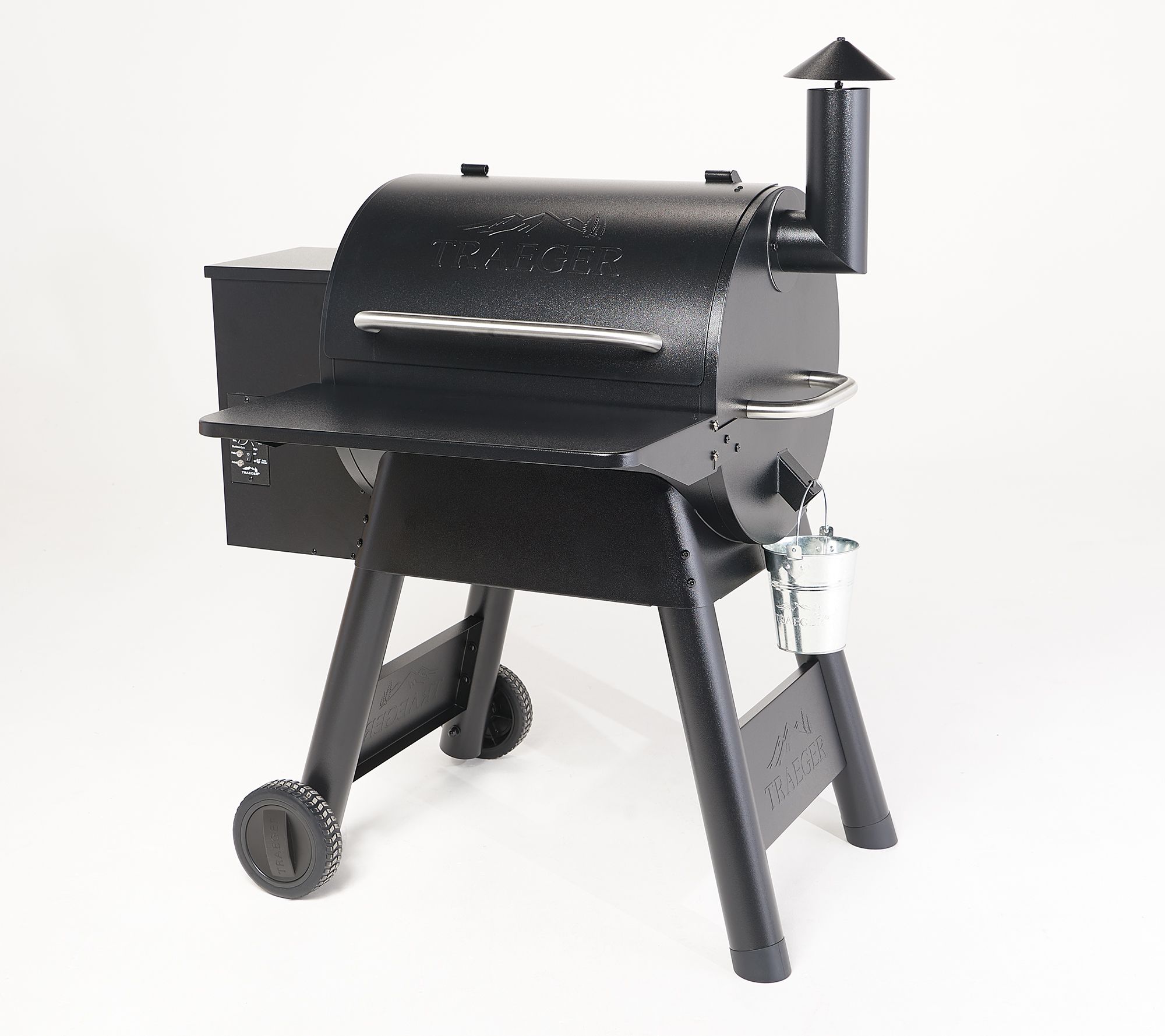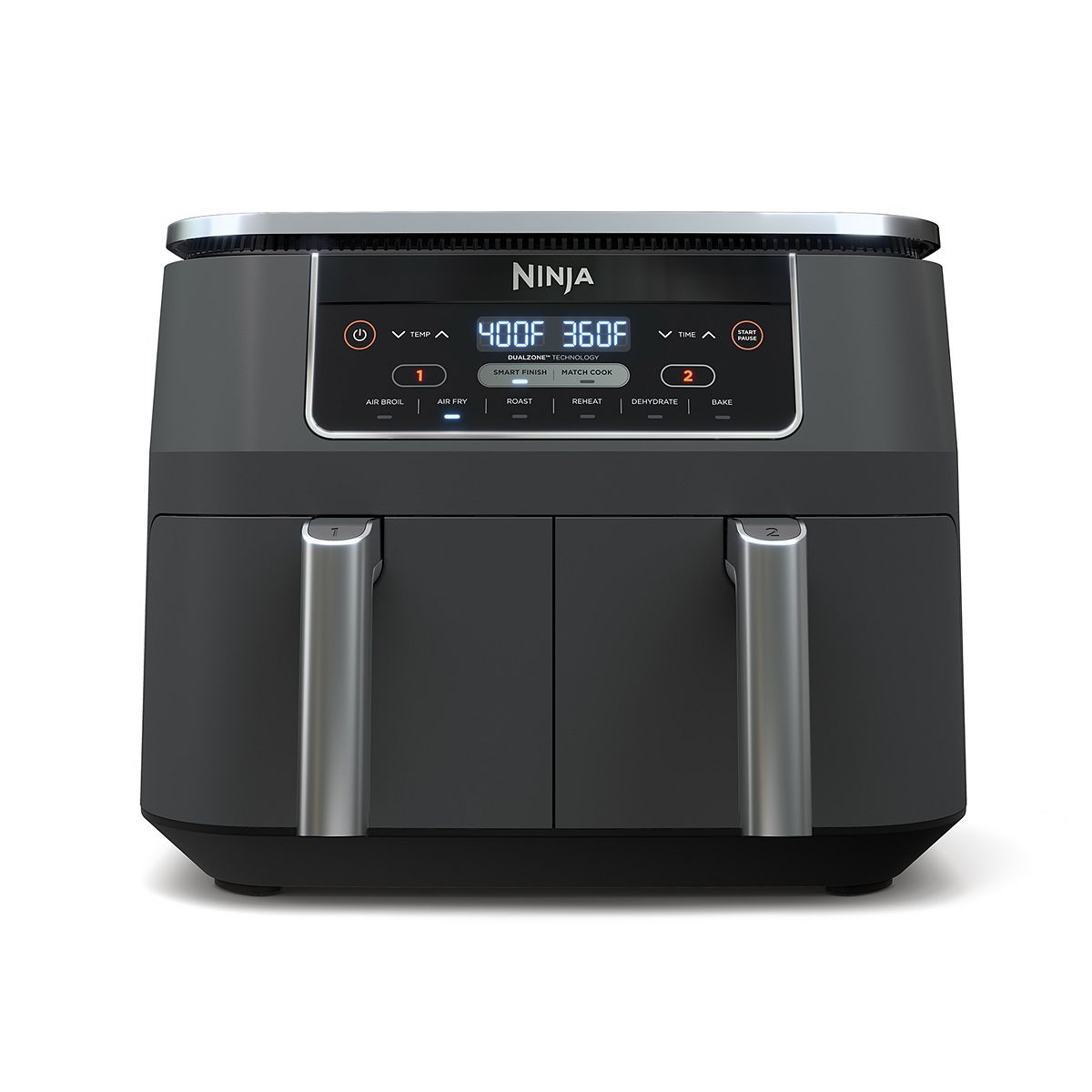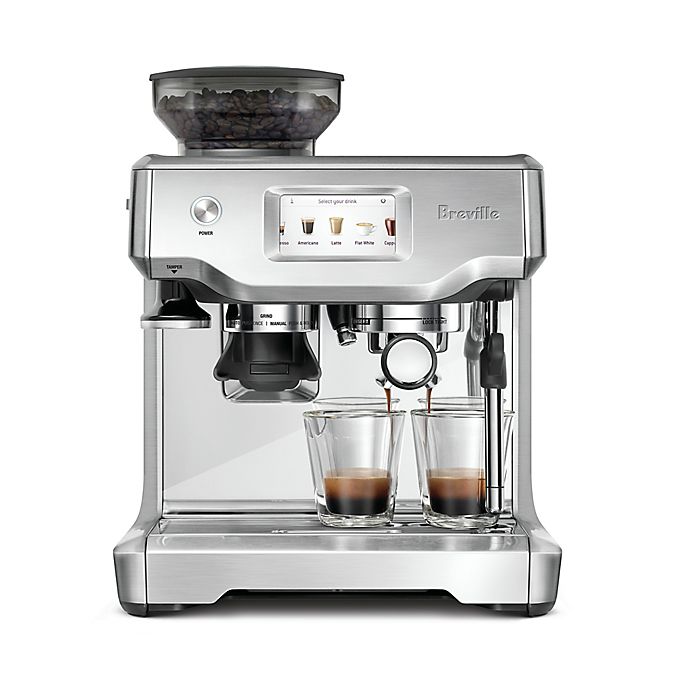Staub Cast Iron Cocotte With Glass Lid, 4 Qt.
Extremely versatile—great for braising, browning, searing, stewing, boiling, deep-frying and more. Textured matte-black cooking surface for exceptional searing and easy release.
Invite French tradition into your kitchen with this versatile cocotte that pairs heritage-quality construction with modern materials for a truly one-of-a-kind cooking companion. Great for slow cooking, roasting, baking and more, it features a tight-fitting tempered glass lid that seals in heat and moisture and lets you keep an eye on cooking food for tender, flavorful results every time.
Enameled cast iron heats evenly and efficiently and is ready to use right out of the box—no pre-seasoning required. Boasting a durable matte-enamel finish, it won’t discolor, rust or chip, and with a range of vibrant colors to choose from, it makes an attractive serving vessel that’s at home on any table.
- Extremely versatile—great for braising, browning, searing, stewing, boiling, deep-frying and more
- Textured matte-black cooking surface for exceptional searing and easy release
- Multi-coat enameling process results in a deep, intense color with lasting shine
- Tight-fitting tempered glass lid locks in moisture and lets you monitor food as it cooks
- Cast iron heats evenly—perfect for slow-cooking, oven baking and more
- Durable enamel finish won’t chip, scratch or discolor
- Compatible with all heat sources, including induction
- Thick walls retain heat to help keep food warm until ready to serve
- Moves easily to the table for attractive presentation
Additional information
| Dimensions | 11.93"W x 5.6"H; 8.75 lbs. |
|---|---|
| Capacity | 4 Quarts |






by Jane
I love these Staub pots!